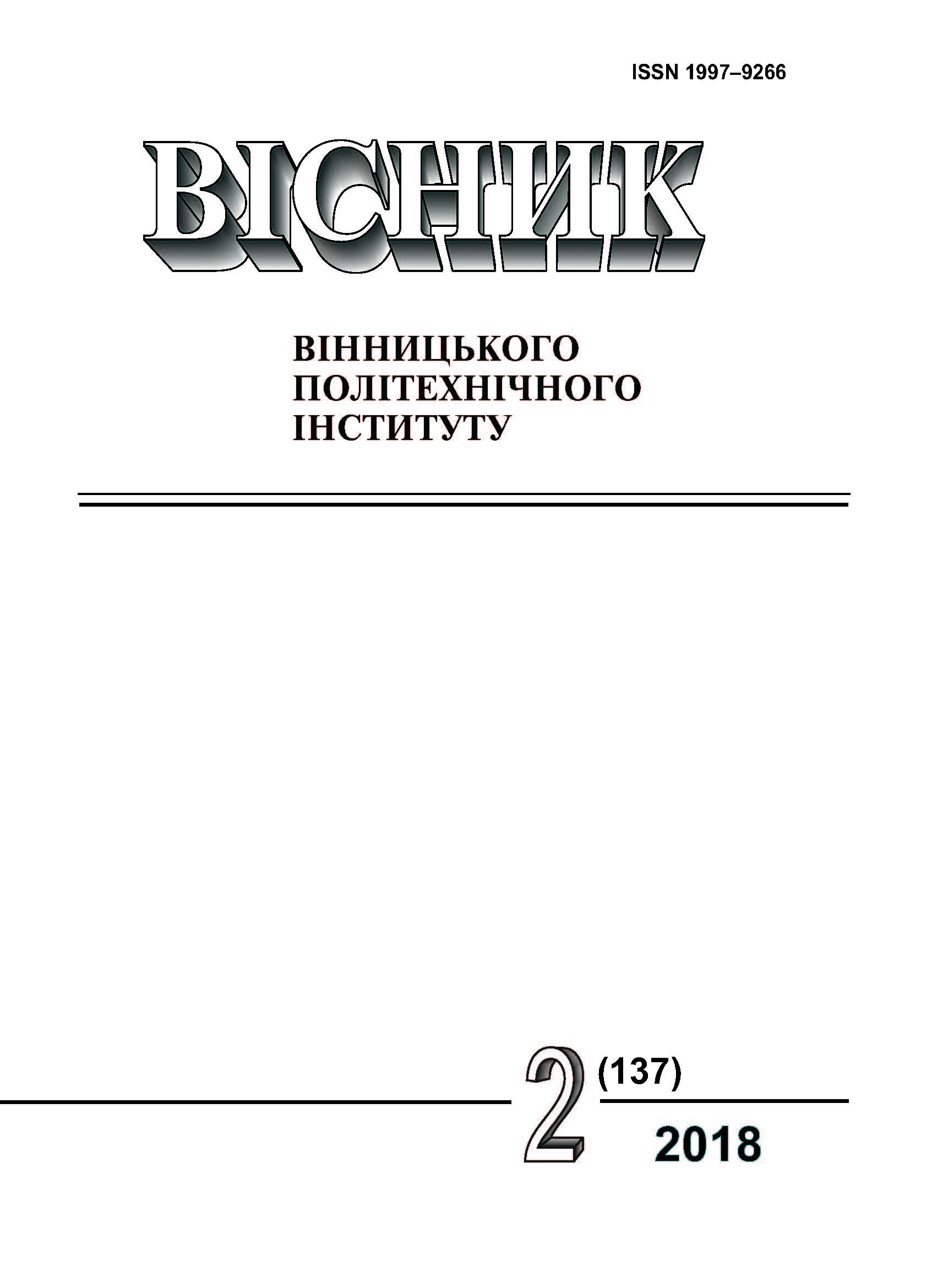Execution Time Analysis Method Taking Into Account Architecture of Microcontroller
Keywords:
embedded systems, microcontroller architecture, Keil uVision, execution timeAbstract
The paper deals with common problems that are likely to be encountered when analyzing the execution time of the firmware of any typical embedded system. The overview of the existing approaches performed by the authors has revealed that methods based on analysis of the cash memory and the instruction pipeline architecture of the embedded system being investigated are impractical for evaluating the execution time of the firmware running in microcontroller-based embedded systems. One of the ways of making the results of firmware execution time analysis more accurate is to take into consideration the internal architecture of the microcontroller including delays introduced by data exchange between internal blocks of the microcontroller via modules that implement standard communication interfaces.
We have proposed a method for firmware execution time analysis that assumes the following steps: determining the settings of the microcontroller on the basis of the firmware, determining interconnections between the synchronization buses and the internal blocks, analysis of the settings of communication interfaces for external peripheral devices, and calculation of the firmware execution time itself. Upon the performed multiple numerical experiments, one can conclude that the proposed method provides more accurate results in comparison with the existing methods.
The authors are planning to enhance the accuracy of calculating the firmware execution time due to making allowances for the duration of reading data from random access memory and due to the fact that the proposed method might be automated, in order to reduce the time of analysis for commercial projects. After being automated, the introduced method is applicable for verification of different methods for measurement of the firmware execution time.
References
T. Ringler, “Static Worst-Case Execution Time Analysis of Synchronous Programs,” Reliable Software Technologies Ada-Europe 2000, vol. 1845, pp. 56-68, 2000.
A. Tavares and C. Couto, “A machine independent WCET predictor for microcontrollers and DSPs [worst case execution time],” in ISIE 2001. 2001 IEEE International Symposium on Industrial Electronics Proceedings (Cat. No.01TH8570), 2001.
C. Healy and D. Whaley, “Tighter timing predictions by automatic detection and exploitation of value-dependent constraints,” Proceedings of the Fifth IEEE Real-Time Technology and Applications Symposium, 1999.
J. Engblom, “Processor pipelines and static worst-case execution time analysis.” Uppsala: Acta Universitatis Upsaliensis, 2002.
R. Wilhelm, D. Grund, J. Reineke, M. Schlickling, M. Pister and C. Ferdinand, “Memory Hierarchies, Pipelines, and Buses for Future Architectures in Time-Critical Embedded Systems,” IEEE Transactions on Computer-Aided Design of Integrated Circuits and Systems, vol. 28, no. 7, pp. 966-978, 2009.
Xianfeng Li, A. Roychoudhury and T. Mitra, “Modeling Out-of-Order Processors for Software Timing Analysis,” in 25th IEEE International Real-Time Systems Symposium, 2004.
P. Atanassov, R. Kirner and P. Puschner, “Using real hardware to create an accurate timing model for execution-time analysis,” in IEEE Real-Time Embedded Systems Workshop held in conjunction with RTSS 2001, 2001.
RM0090 Reference manual STM32F4, 2nd ed. STMicroelectronics, 2017.
“ARM Information Center,” Infocenter.arm.com, 2017. [Online]. Available: http://infocenter.arm.com/help/index.jsp. [Accessed: 14- Dec- 2017].
R. Chopey, B. Knysh and D. Fedasyuk, “The model of software execution time remote testing,” in IXth Intern. Conf. of Young Scientists «Computer Science and Engineering 2017» (CSE’2017), Lviv Polytechnic National University, 2017, pp. 398–402.
Downloads
-
PDF (Українська)
Downloads: 128
Published
How to Cite
Issue
Section
License
Authors who publish with this journal agree to the following terms:
- Authors retain copyright and grant the journal right of first publication.
- Authors are able to enter into separate, additional contractual arrangements for the non-exclusive distribution of the journal's published version of the work (e.g., post it to an institutional repository or publish it in a book), with an acknowledgment of its initial publication in this journal.
- Authors are permitted and encouraged to post their work online (e.g., in institutional repositories or on their website) prior to and during the submission process, as it can lead to productive exchanges, as well as earlier and greater citation of published work (See The Effect of Open Access).





